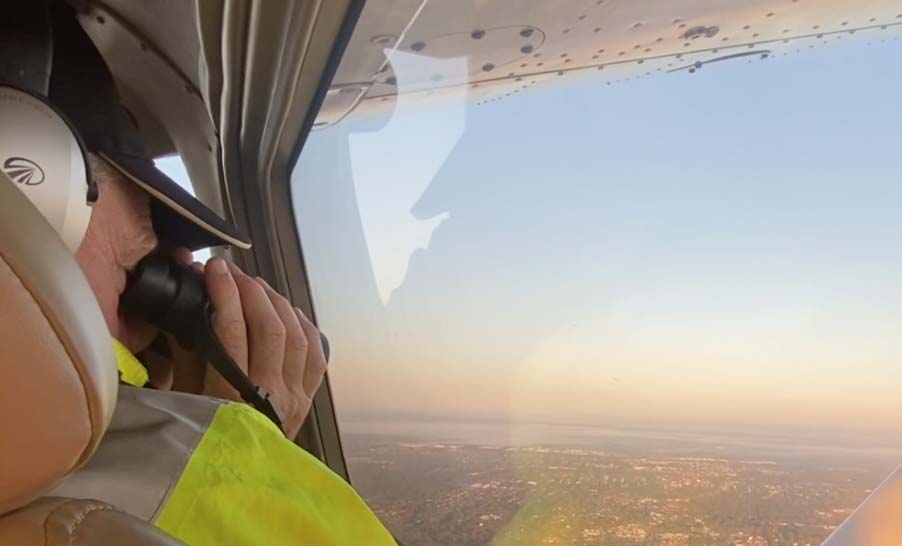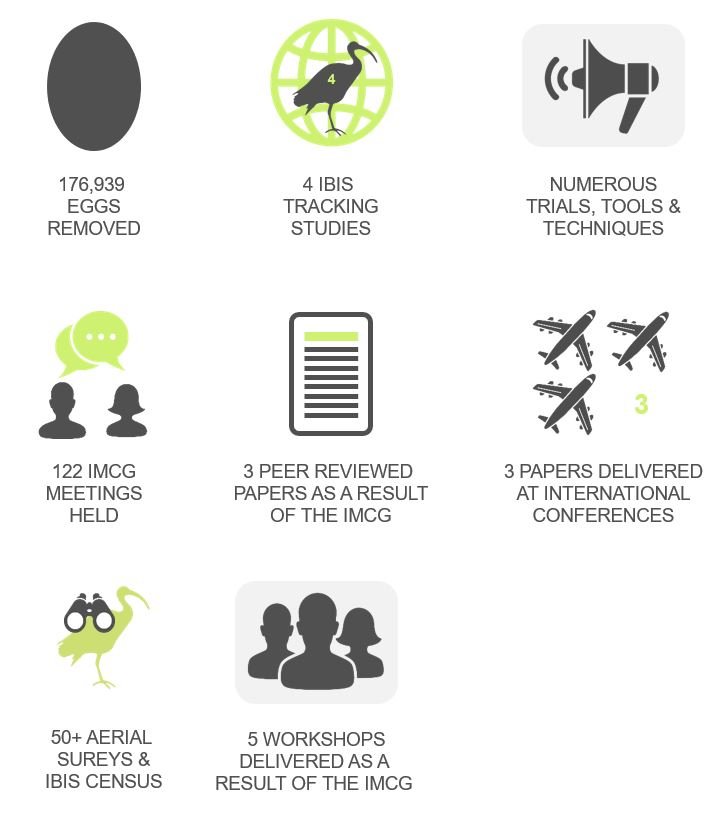Managing Director Phil Shaw completes 26th Ibis Aerial Survey
The Australian white ibis (Threskiornis molucca) is one of three native species of ibis found in Australia and is protected under the Queensland Nature Conservation Act 1992 and New South Wales Biodiversity Conservation Act 2016. Unnaturally large numbers of ibis are now found in many urban environments along the east coast of Australia, primarily because of easy access to abundant food sources such as some waste landfills and public feeding, which can result in public complaints, present an aviation safety hazard and impact negatively on biodiversity. There are also risks to public health and production animals.
To address these issues, the Ibis Management Coordination Group (IMCG) initiated a coordinated regional approach to ibis management within the Gold Coast and Tweed Shire local government areas (LGAs) in 1996. The purpose of this program (which now extends to other LGAs in south east Queensland) is to manage the negative impacts from large numbers of ibis yet retain a stable regional population of this charismatic native Australian species. The ibis population for the region is identified based on the results of the annual census, where all known roosting ibis are counted. This includes an aerial survey, which Ecosure’s Managing Director (Phil Shaw) has just completed for the 26th year.

Since the program’s commencement, the IMCG (both the Southern and Northern Regions) have removed 185,148 ibis eggs, held 127 meetings and completed more than fifty aerial surveys for the annual census (Figure 1 attached).

The main conclusions from 25 years of ibis management include:
- ongoing monitoring remains essential to ensure that strategies are effective and appropriate
- landfill closure or reduction in waste availability (i.e. anthropogenic food source) leads to a reduction in ibis numbers and limits their breeding capacity
- active dispersal of ibis is an effective management tool to reduce ibis numbers at landfills
- vegetation management and habitat modification are effective in restricting ibis habitat and reducing breeding effort
- concurrent and collaborative regional management that includes multiple strategies is essential to achieve ibis population targets
- ongoing ibis management across the LGAs is essential.
For more information please visit https://ecosure.com.au/services/wildlife-management/ibis-management/


